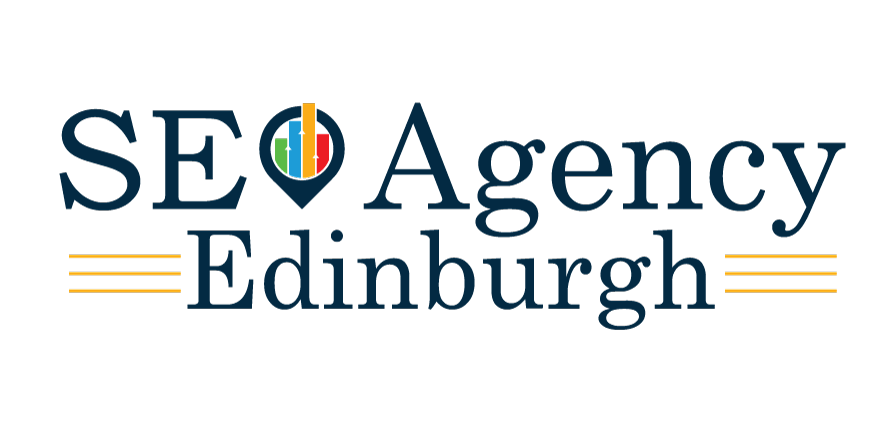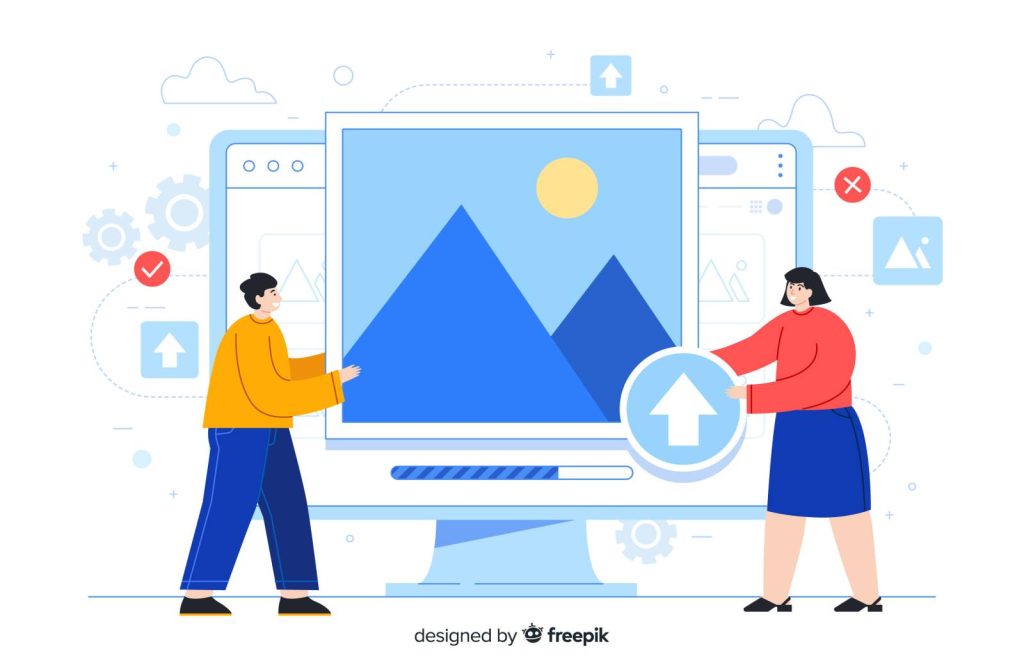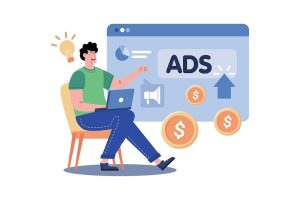What is image optimization?
Image optimization is a process of delivering high quality images in the proper size, dimension, format and resolution, although keeping the smallest possible size of image.
The significance of images in driving users to your products and services has been proven. In the case that your website takes more than 2 seconds to load, users are more likely to leave it, which will extremely boost your bounce rate, and sooner or later influence your conversions.
The process search engines utilize to examine and rank website content is a complicated procedure. Professional SEO Services makes sure your target audience can rapidly find you in search engine result pages. It is also one of the greatest methods to achieve a top spot in search engine results pages (SERPs).
Most of the business owners think that SEO only implements title tags, headers and body content. Although these are some of the most particular areas to do SEO, they are not the only ones. Search engines cannot process images the same way people can, and image SEO is the only method to ensure that they can understand.
However, the procedure of SEO image optimization takes a little proficiency; it is quite simple to get your images ready for search engines. Image SEO is another way of improving your website in search engines, and as a consequence, grabbing more organic traffic to your website.
According to a survey, images possess 21% of an average weight of a web page, and share in all probability has expanded as utilization of images in the content has grown in recent past years. Images absorb large amounts of bytes as compared to the other components of the website. Hence, size of image and complexity considerably influence the performance of a website.
When you can decrease the size of images without compromising on quality, page load times and the complete user experience enhances. That can have a positive influence on the rankings in search engine result pages (SERPs), which continue to strengthen customer engagement, conversions, and customer retention.
SEO Image Optimization Tips:
1. Modify your images:-
Image size and file size are two different things. Dimension of an image is known as image size. Whether the file size refers to the storage space. Images that have higher resolution and larger dimensions slow your page load times significantly. However, they performed well for printed elements, they should be reduced in size for the website.
Select right format:-
There are different types of formats, such as PNG, JPEG and GIF and each have their own advantages respectively.
- Select JPEG for broader photos or graphics. It will provide you better outcomes in the matter of colors and accuracy with a comparably small file size.
- Choose PNG, in case that you want to maintain background transparency in your image.
- Or you can also use WebP in place of PNG and JPEG. It will generate high quality results with smaller file sizes. You can also use various tools such as Squoosh to convert your image into WebP.
You should select JPEG for colorful images and PNG for simple images.
2. Select the accurate compression rate:-
How great an image is compressed influences both file size and quality of the image. If the file size is small, then its quality is poor.
Examine the types of file and compression rates to observe, which is best for each image. Most of the image editing tools such as Adobe Photoshop, have an option of save for the web, that spontaneously reduces the file size during optimizing quality of image.
Image optimization tools and wordpress plugins, which are mentioned below,
Image Optimization Tools:
- Affinity Photo.
- Photopea.
- Trimage.
- FileOptimizer.
- JPEG Mini.
WordPress Plugins:
- ImageRecycle.
- EWWW Image Optimizer.
- ShortPixel.
- WP Smush.
- Yoast SEO.
Test Speed Tools:
After the optimization of images, it’s time to check the speed of your site. Here are some tools which help you to test the site speed.
- Pingdom.
- GTmetrix.
- Google PageSpeed Insights.
- WebPageTest.
- Webwait.
3. Optimize the names of image files:-
You should name your file with descriptive and appropriate keywords, to achieve the most SEO power. You should add target keywords at the starting of the file name and break them apart with hyphens (i.e. dash or horizontal bars). You must not utilize underscores in your file name, because search engines do not identify them and will not be capable to see the words singly.
File names should become clear to both search engines and humans. For instance, in case that the original name for an image of a girl in a café is cafe678.jpg, then you should rename it with an appropriate and descriptive name, such as a girl having a coffee in a café.
4. Use Image Alt Text:-
Audience may figure out the image, but search engines require hints. Without substitute text, search engines cannot recognize your image content correctly. A perfect alt tag offers text and supports destitute of visions audiences also. It is also beneficial when a difficulty prohibits an image from loading because search engines can identify the alternative text to notify the ranking of the page. You should write an alt tag in a more comprehensive way than the name of the file. Look for 10 to 15 to communicate something about the image accurately.
5. Make Mobile Friendly Images:-
Your images should also be mobile friendly because Google’s Algorithm utilizes mobile-first indexing, so users primarily examine a mobile version of a website. how? The brief answer is to make sure your images and layout of the website are accessible to the viewing device.
Some templates and builders of the website spontaneously resize images, but you can also set out the size of image on the basis of the width of a device. By doing so, include a kind of custom CSS code to your website.
6. Optimize the image title:-
WordPress generally takes the image title from the name of the file. Although, In case that you do not utilize WordPress or the title does not describe the image, optimize it with the related keywords just the same as file names.
Image titles are not much essential for SEO, but they can offer further context to the alt image. Image titles are more advantageous in respect of user engagement, so think about including a concise call to action, for example, “invite a friend” or “purchase now”.
7. Add captions:-
The words which are present below the image are image captions. Image captions may not directly affect SEO. But, different from file names and alt text, image captions are apparent and can also include the website experience. Including captions can have an indirect impact on SEO, enhancing the user experience and engagement criterias.
8. Utilize exclusive images:-
Utilizing stock photos is good, but they will not automatically support your ranking in search engine result pages (SERPs) because many of the websites probably utilize the same images. In the similar manner, exclusively written content is exceptional and preferred for SEO, it is a wonderful decision
9. Make sure text match up the images:-
The page copy can support search engines in deciding the materiality of your images, in case that your text does not consist of comprehensive information to describe an image, spread the description.
10. Include image structured data:-
Adding structured data on your pages supports search engines showing your images as affluent results. Google images help structure data for product images, videos, and recipes. For instance, it includes a badge to an image in case it understands text, for example, a recipe, follows it.
11. Include Images in Sitemap:-
Sitemaps are used to provide search engines with information about the structure and content of a website. Including images in a sitemap can provide several benefits, including:
- Better indexing: Including images in your sitemap can help search engines discover and index your images more quickly and accurately. This can help improve the visibility of your images in search results.
- Improved user experience: Images can make your website more visually appealing and engaging for users. Including images in your sitemap can help ensure that these images are properly indexed and displayed in search results, which can lead to more clicks and engagement from users.
- Enhanced accessibility: For visually impaired users, including images in your sitemap can provide more detailed descriptions of the images on your website, which can enhance accessibility.








